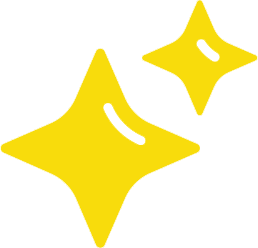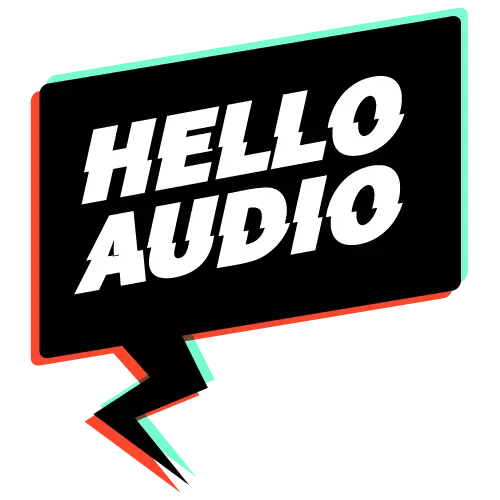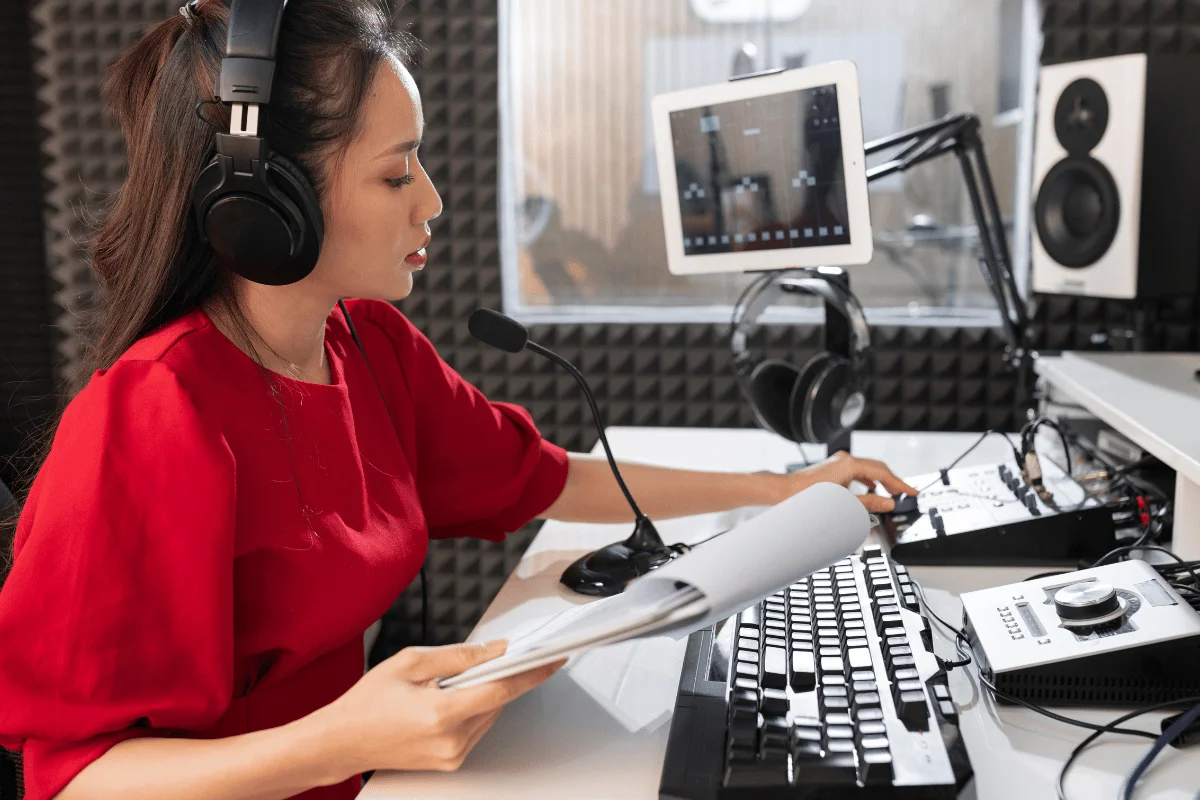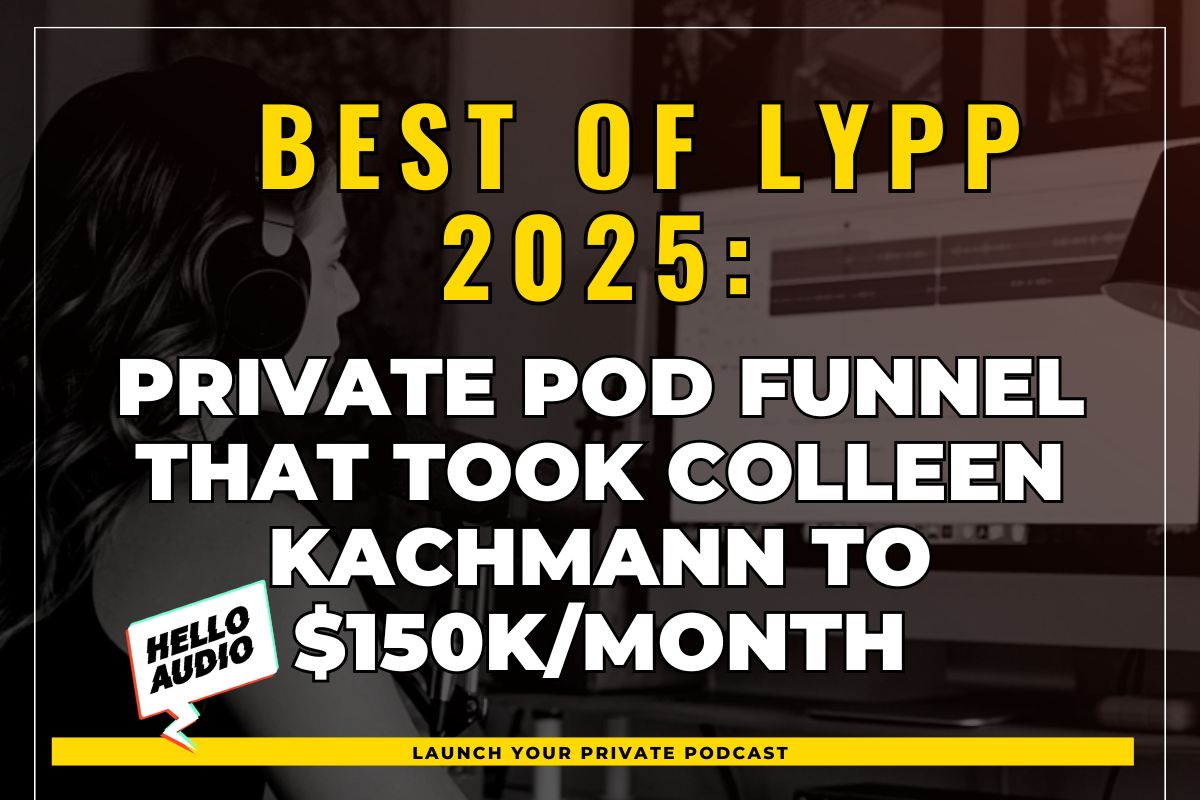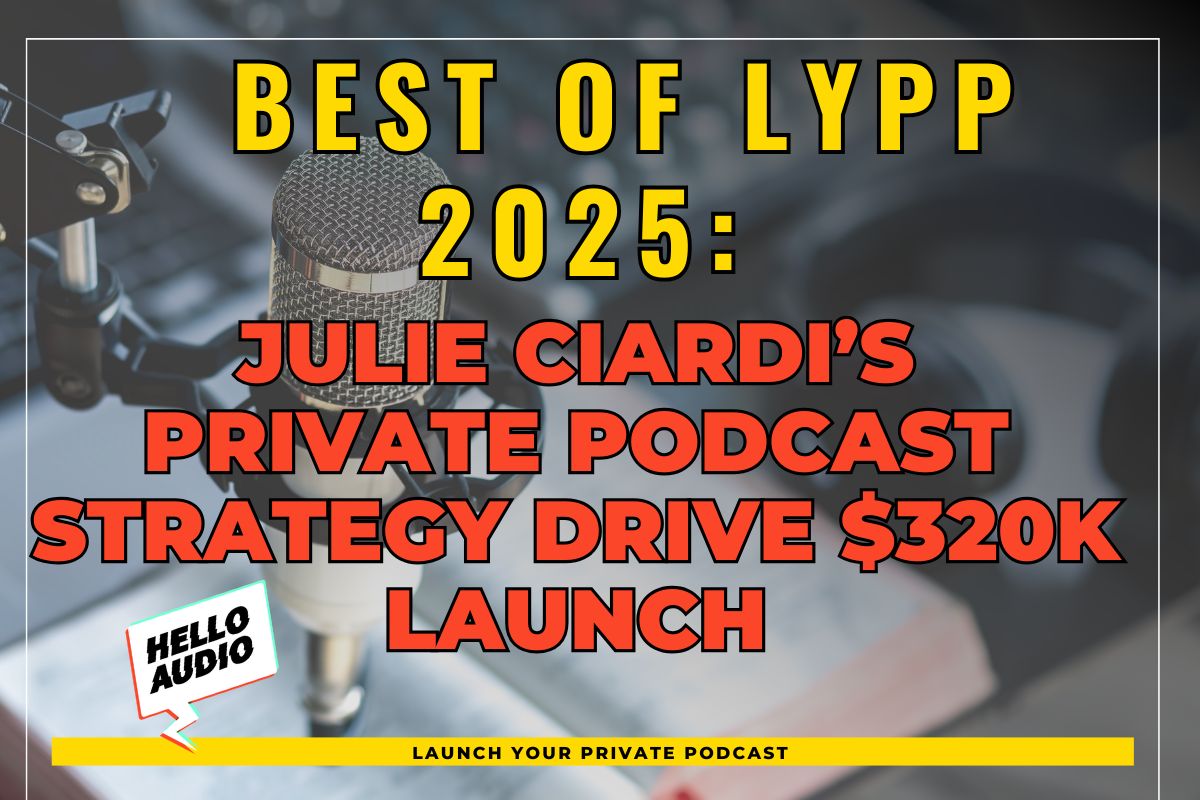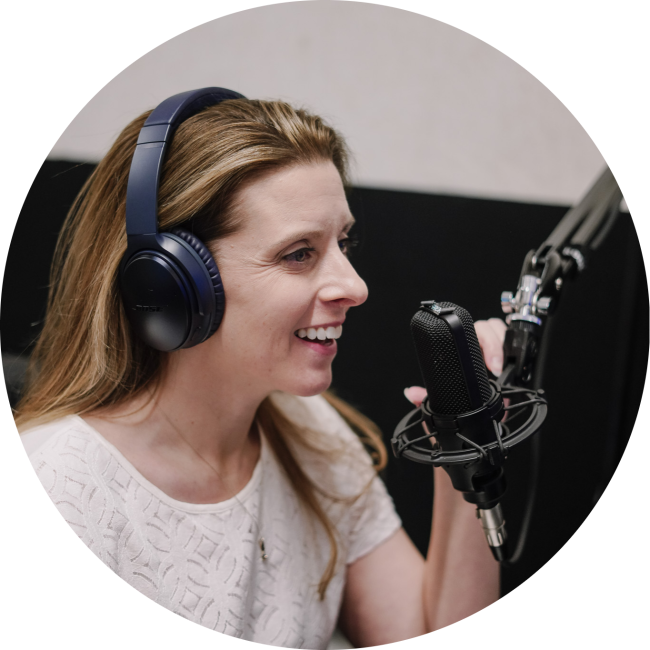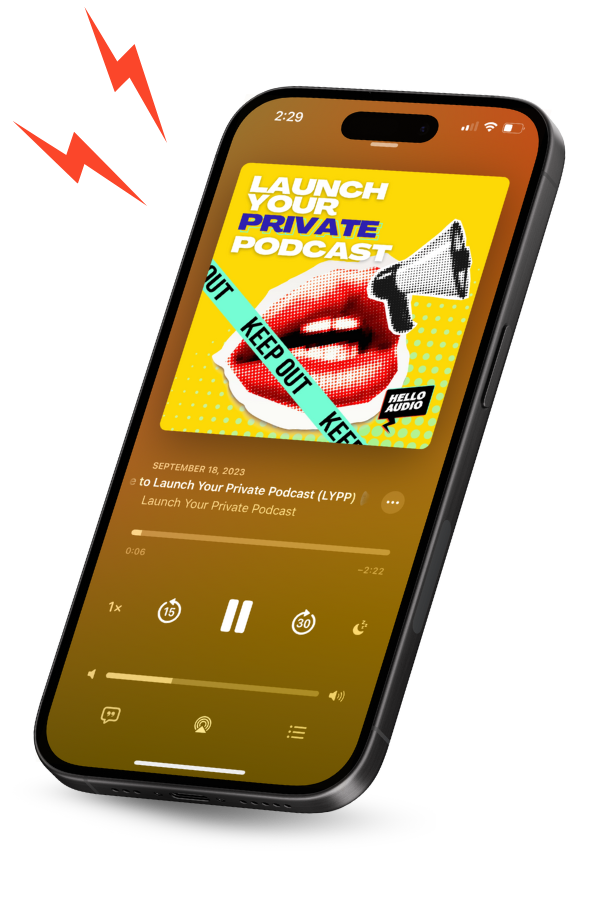Did you know that 68% of podcast listeners finish every podcast episode they start —even when the show is 40 to 50 minutes long? Yes, that’s right. However, this is mostly common among popular podcasts with a dedicated listening audience.
So, what are the podcasters doing correctly to grab their listeners’ attention? Apart from other podcasting elements like production quality, intriguing topics, valuable insights, and exciting guests, successful podcast hosts have an effective podcast structure for every released episode.
Interested? In this guide, you’ll learn:
- How to structure your podcast episodes for maximum engagement
- The best podcasting format that’ll keep your average listener glued to every episode
- How to plan your podcast so that you release compelling episodes every time
- The most effective podcast elements known to drive audience engagement and listener loyalty
TL;DR – How to Structure a Podcast for Higher Listener Retention
Creating a successful framework for your podcast requires a few simple steps.
If you’re in a hurry, here’s a summary of the process:
- Select a theme or topic for the podcast.
- Brainstorm the sub-topics to cover in each episode.
- Decide on the number of episodes.
- Design the episodes for maximum listener engagement.
That’s pretty much it. In the following sections of this post, we’ll show you how you can do this in detail.
When you’re done recording the podcast, our powerful podcast hosting platform at Hello Audio can host, distribute, and syndicate your private podcast to all preferred platforms so you can enjoy maximum reach and visibility.
Sign up with Hello Audio today to increase your reach and boost your private podcast’s listenership.

What is the Structure of a Podcast?
A podcast structure is an outline that brings order, coherence, and cohesion to each podcast episode. Without this, your podcast would be all over the place, which might be off–putting for the average listener.
A podcast show is like a TV show. As with all TV episodes, there are three key components:
- The intro: The podcast intro is where you introduce the topic and your guest (if any), and give your listeners a reason to listen to that episode. Do this within the first 3-5 minutes. Many podcasts have a pre-roll, which is an ad from a sponsor or advertiser right at the beginning of the podcast. Don’t do this! It’s a surefire way to lose some of your audience, as they’ll think you’re wasting their time.
- The body or main content: This is where you go into the “meat” of the content and do a deep dive into the subject. Provide a ton of value upfront. If you have a guest, ask a lot of solid and insightful questions (here’s a list of 100 podcast questions to get you started). Get them to provide unique insights and perspectives during this segment.
- The outro or concluding segment: This is where you begin winding down or concluding the episode. You can end the podcast right after the informative parts or do so gradually.
Why Podcast Structure Matters
Think of it this way: the right sequence of events makes for a compelling story. If you were to start a story by describing what happened at the end or by introducing the beginning in the middle of the story, it wouldn’t make any sense.
A podcast structure makes each episode coherent and easy for the listener to follow. It also helps keep the host organized during the episode.
With the right framework, each podcast episode can be interesting, organized, have smooth transitions from one segment to the next, and be captivating — which is great for grabbing and retaining the audience’s attention.
With a good podcast structure, you can:
- Create a hook at the beginning of each episode.
- Frontload value so that listeners can stay glued to each episode.
- Include relevant insights and ads where necessary (usually in the middle of the episode and after you’ve delivered awesome value).
- Ensure that the first half to two-thirds of the podcast has value bombs.
- Leave room for banters, personal anecdotes, and stories, and fun stuff in the second half or the last one-third of each episode.
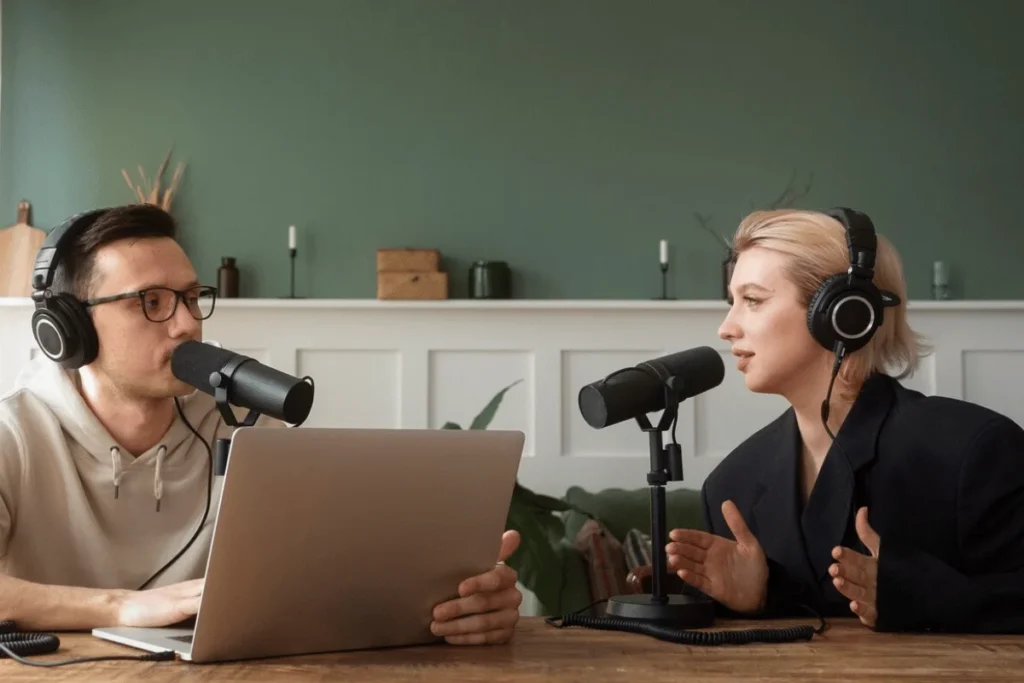
Elements of a Podcast
Apart from a solid structure, many podcast elements contribute to the success of your show. Let’s examine them.
Thorough Prepping
Successful podcasters are serious about adequate pre-show preparation. Whether it’s a solo episode or one with a guest, research the topic properly, craft an outline that you’ll follow, develop a podcast script, and ensure your equipment is working.
If you’re interviewing a guest, research relevant information about the guest before the show and prepare a list of interesting questions to ask them.
The Right Format for the Podcast
Your podcasting format can influence your show’s success. It’ll help you attract, build, and retain a listener base.
Some examples include public or private podcasts featuring short or bite-sized episodes, monologues, co-hosted episodes, long interviews, and limited runs published in audio or video formats.
It all depends on your preference. Test the various formats and identify the most effective one for your show.
Strong Episode Descriptions or Summaries
People like to know what they’ll be listening to before pressing play. Write detailed podcast descriptions or summaries of every episode and include relevant keywords.
This will make it easier for new listeners to discover your podcast when they search for related terms. For example, let’s say your latest episode is about the latest fashion trends.
If someone wants to listen to a podcast about fashion trends and does a search for it, they’ll likely find your podcast if your description includes words like “the latest fashion trends.”
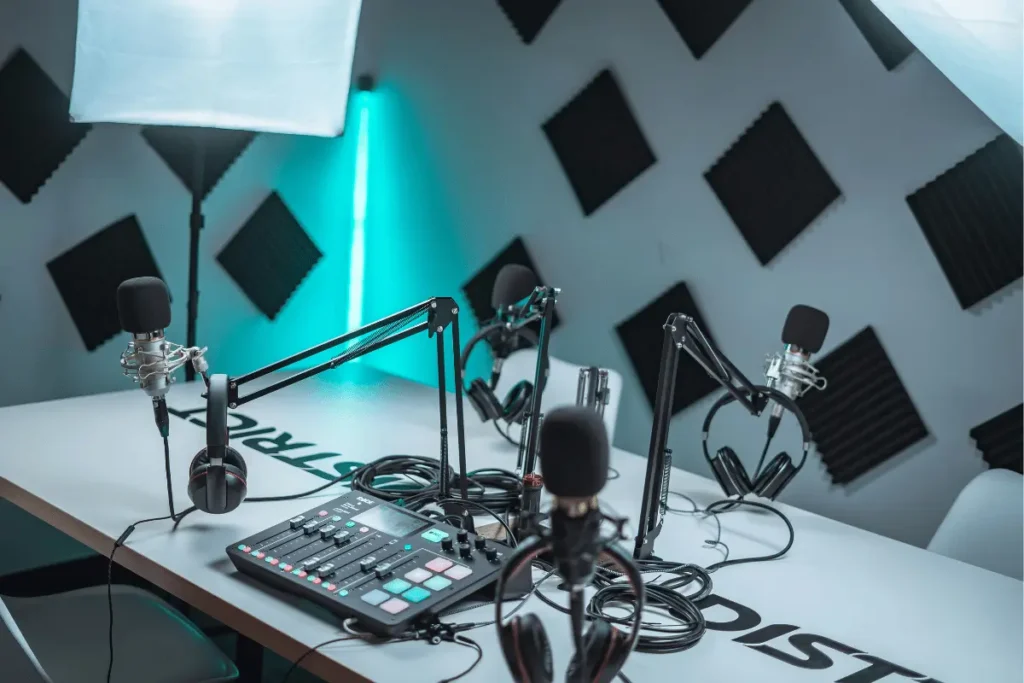
Powerful Content
Speaking of content, ensure each episode is value-packed, interesting, informative, and entertaining.
This will keep your listeners coming back for more. People are busy and have a lot of things demanding their time. Ensure that your podcast is worth their time.
Consistent Release Calendar
Set up a content calendar for your podcast episodes and release them on set dates, days, and/or times.
Regular episode releases will build loyalty as your audience will know when to expect the next one. It’ll also give them something to look forward to.
The good news is you don’t have to do this manually. Our platform at Hello Audio provides an automated and hands-free podcast scheduler that publishes your podcast on designated dates.
High-Quality Production
Although technology has made it easy for anyone to record podcasts — you can record a phone call for a podcast episode, for instance—you need to ensure that your production is high quality.
A Good Sound, Good Research report shows that good audio or video quality can affect your credibility. This naturally implies that poor audio quality can also lead to a loss of audience.
Invest in good recording equipment and editing software. This will help reduce or eliminate background noises or echoes, regulate the listening volume so it’s neither too loud nor too low, and improve your production quality.
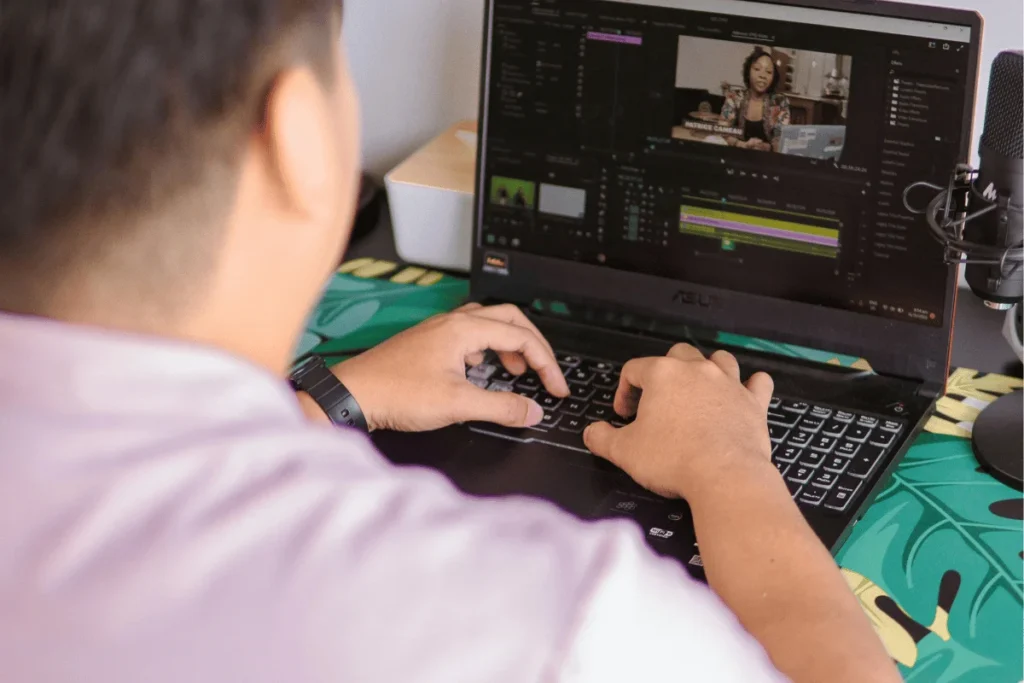
Podcast Layout Ideas
A podcast layout gives you an idea of what a podcast episode should look like. It often includes a set of instructions or steps to follow.
This way, your audience remains engaged and interested throughout the episode. Done well, no one would notice that you’ve moved on from one segment to another in your podcast episodes.
To help you understand how podcast layouts work, here are two examples:
Conversational Podcast
This type of podcast usually includes a co-host(s) and/or guests.
Use the following outline if you’re using this style:
- Episode introduction (insert hook to pique listeners’ interest)
- Co-host(s) and/or guest(s) introduction
- The topic (usually provided by the host)
- Topic breakdown or conversation (this is where the value bombs are)
- In-podcast ads or a sponsor’s message
- Continued discussion of the same or related topic
- Segue
- If live, have a Q&A session (listeners can call in, mail, or post their questions on dedicated chats, channels, or platforms)
- Invitation to take action (where you can promote products or services)
- Concluding thoughts
- End/Outro
Solo Podcast
This usually takes a one-to-many approach or style.
If you prefer this, your layout should look like this:
- Episode introduction (insert hook here)
- Commence the initial segment
- In-podcast ads or messages
- Commence the second segment
- Segue
- Take Q&A if live, or answer on dedicated platforms
- Concluding thoughts
- Invitation to take action
- Outro/End
These are just general examples. Remember to tweak and modify them to make your show unique and boost audience engagement.
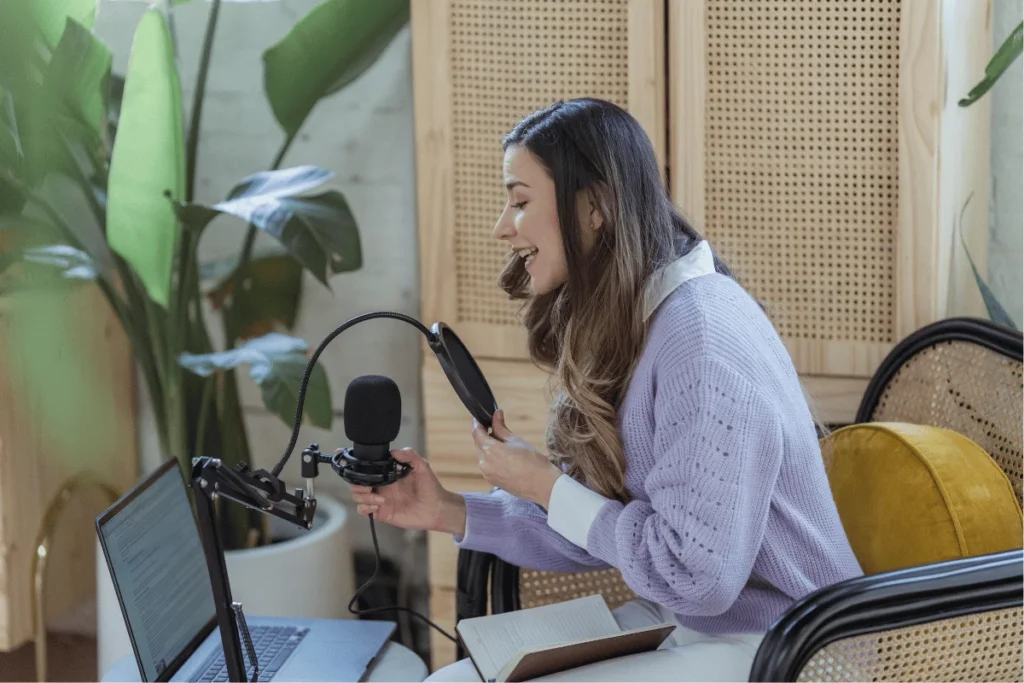
How to Structure a Podcast Series
A podcast series is like a TV show. You have the overarching theme and episodes that break down or discuss that theme.
To structure your podcast series, here’s a step-by-step guide to structuring your podcast for success:
- Choose a theme or topic for the podcast: Examples include true crime, business, relationships, health and fitness, documentaries, conspiracy theories, personal finance, and many more.
- Decide on the subtopics to cover in each episode: For instance, The Joe Rogan Experience podcast covers politics, comedy, interesting topics, and current events. However, he has sub-themes like The MMA Show and Fight Companion.
- Choose the number of episodes: This will give you an idea of how many episodes you might need to publish. Joe Rogan’s podcast, for instance, has over 2,000 episodes and no official season designation.
The Slow Burn podcast, on the other hand, has eight episodes per season with one theme. For example, season one was about Watergate, while the eighth season was about Justice Thomas. - Choose the average episode length: If you’re unsure, look at other podcasts in your niche to get a sense of the average episode length.
- Choose a format: You can interview or chat with a guest or co-host(s), or talk to the audience directly. Pick what works for you and the audience.
- Use a script: This will provide some structure or guide that you can follow for each episode. If you need help crafting your script, the Three-Act Storytelling technique is a good place to start.
- Pre-record your intro and outro: Your intro should have a captivating hook, music, your name and/or that of co-hosts or guests, the show’s name, what the podcast does, and what it’ll do for the listener. Your outro or ending should include a thank you message and maybe a teaser for the next episode.
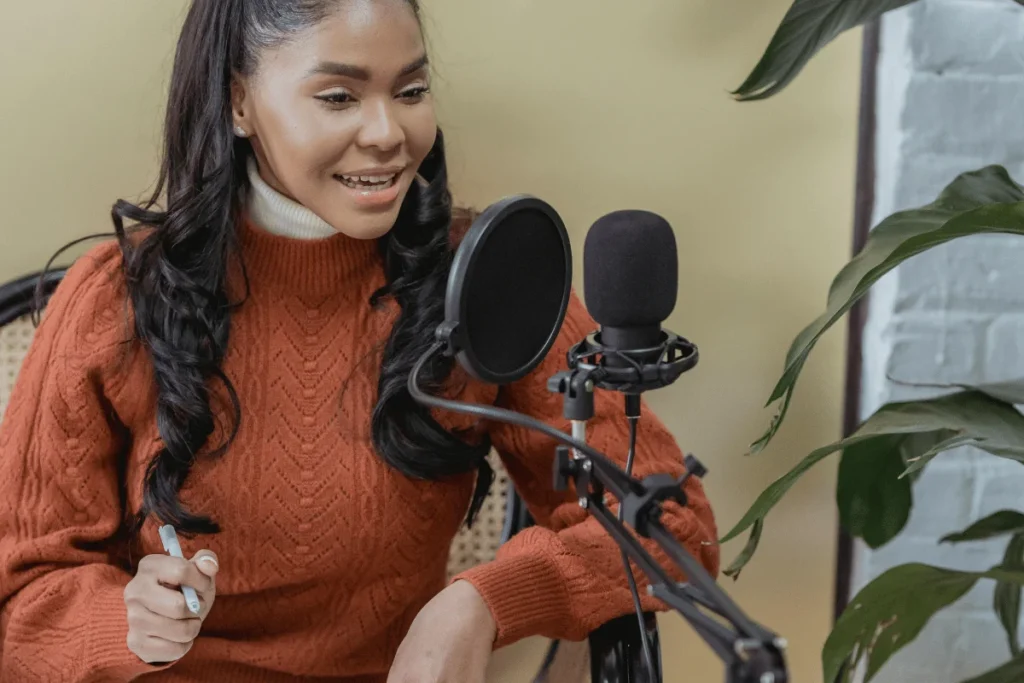
How to Structure a Podcast Episode
Once you have the podcast structure, you need an episode structure or outline.
Here’s how to structure a podcast episode:
- Start with an introduction.
- Get into the first content segment.
- Take a commercial break or take messages from one of your sponsors.
- Start the second content segment.
- Conclude the episode.

Frequently Asked Questions (FAQs)
Here are some frequently asked questions (FAQs) surrounding this topic:
How Long Should a Podcast Be?
Your podcast should be long enough for your audience to get great value. Some podcast episodes are as short as 10 to 20 minutes, while others are as long as 11 hours.
But if you need an average estimation, Dan Meisner’s research reports an average of 41.5 minutes per podcast episode across multiple topics. You can use that as a guide.
What Are the Different Types of Podcast Styles?
Podcast styles include the following:
- Conversational
- Interview-style
- Theater or fictional storytelling
- Roundtable or panel-style, where you have three or more guests or hosts
- Solo or monologue podcasting
- Informative and education
- News and non-fiction storytelling
- Hybrid podcasts where you combine one or more styles. For example, The New York Times’ The Daily podcast combines monologues and guest interviews.
What Are the Different Podcast Formats?
Podcast formats include audio, video, repurposed content, public, and private podcast formats.
Conclusion
Now that you know how to structure your podcast, it’s time to start recording your new show.
After recording, you can host and distribute the show on Hello Audio for an easy and stress-free experience. You will also have access to listener analytics, easy audio transcription, and even private podcasts.
Start your free trial today to enhance your private podcast’s reach and grow your audience.
